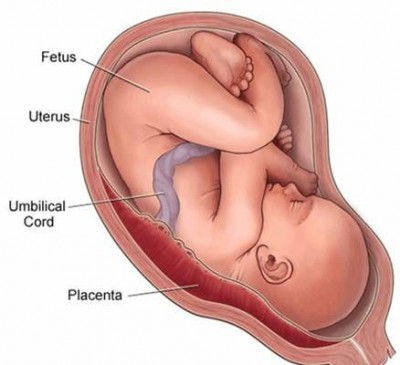Monsanto Roundup is An Endocrine Disruptor in Human Cells at Levels allowed in Drinking Water. Study

by GM Watch.org 2015
Findings of new study need confirmation in animal tests
Roundup is an endocrine disruptor and is toxic to human cells in vitro (tested in culture dishes in the laboratory) at levels permitted in drinking water in Australia, a new study has found.
This is the first study to examine the effects of glyphosate and Roundup on progesterone production by human female cells in an in vitro system that models key aspects of reproduction in women.
Glyphosate alone was less toxic to human cells than glyphosate in a Roundup formulation; both glyphosate and Roundup caused cell death which resulted in decreased progesterone levels – a form of hormone/endocrine disruption. Endocrine disruption did not precede the toxicity to cells but occurred after it. The decreases in progesterone concentrations were caused by reduced numbers of viable cells.
A 24h exposure to a concentration of glyphosate (in Roundup) similar to that recommended as an acceptable level for Australian drinking water caused significant toxicity to the cells in vitro, which supports a call for long-term in vivo (in live animals) studies to characterise the toxicity of Roundup.
The possibility that Roundup has endocrine disrupting activity independent of its ability to kill or disable cells needs further study.
—
Endocrine disruption and cytotoxicity of glyphosate and roundup in human JAr cells in vitro
Fiona Young, Dao Ho, Danielle Glynn and Vicki Edwards
Department of Medical Biotechnology, Flinders University, Adelaide, South Australia
Integr Pharm Toxicol Genotoxicol, 2015 Volume 1(1): 12-19
doi: 10.15761/IPTG.1000104
Abstract
The toxicity of the active molecule in herbicides has been used to determine safe concentrations, because other components are considered inert. Roundup, which contains the active molecule Glyphosate, was described as an endocrine disrupter because non-cytotoxic concentrations inhibited progesterone synthesis in vitro.
GM Watch.org 2015Human chorioplacental JAr cells synthesise progesterone, and increase synthesis when stimulated by chorionic gonadotrophin (hCG), or the transduction molecule cAMP.
JAr cells were exposed to two Roundup formulations, and compared with the same concentrations of glyphosate ± cAMP, or ± hCG for 1, 4, 24, 48 or 72h. The surviving viable cells were quantified using an MTT assay, and progesterone was measured in an ELISA. hCG and cAMP stimulated progesterone synthesis by cells in vitro as expected. In contrast to previous reports, JAr cell death preceded decreased progesterone synthesis, and steroidogenesis was unaffected by low, non-cytotoxic concentrations of Roundup or glyphosate. Roundup was more cytotoxic than glyphosate alone; the 24h EC50 was 16mM for glyphosate, but 0.008mM when glyphosate was in a 7.2g/L Roundup formulation. Significant cytotoxicity was caused by glyphosate in Roundup (p<0.01) after 24h, and cytotoxicity was observed in vitro after exposure to a range of concentrations comparable to the Australian Drinking Water Guidelines.
Endocrine disruption effects were secondary to cytotoxicity. Roundup was more cytotoxic than the same concentration of glyphosate alone, indicating that the other constituents of the herbicide are not inert. There is a compelling need to conduct in vivo studies to characterise the toxicity of glyphosate in a Roundup formulation, to facilitate re-evaluation of existing public health guidelines.
Copyright Fiona Young, Dao Ho, Danielle Glynn and Vicki Edwards, Department of Medical Biotechnology, Flinders University, Adelaide, South Australia 2015, GM Watch.org 2015

